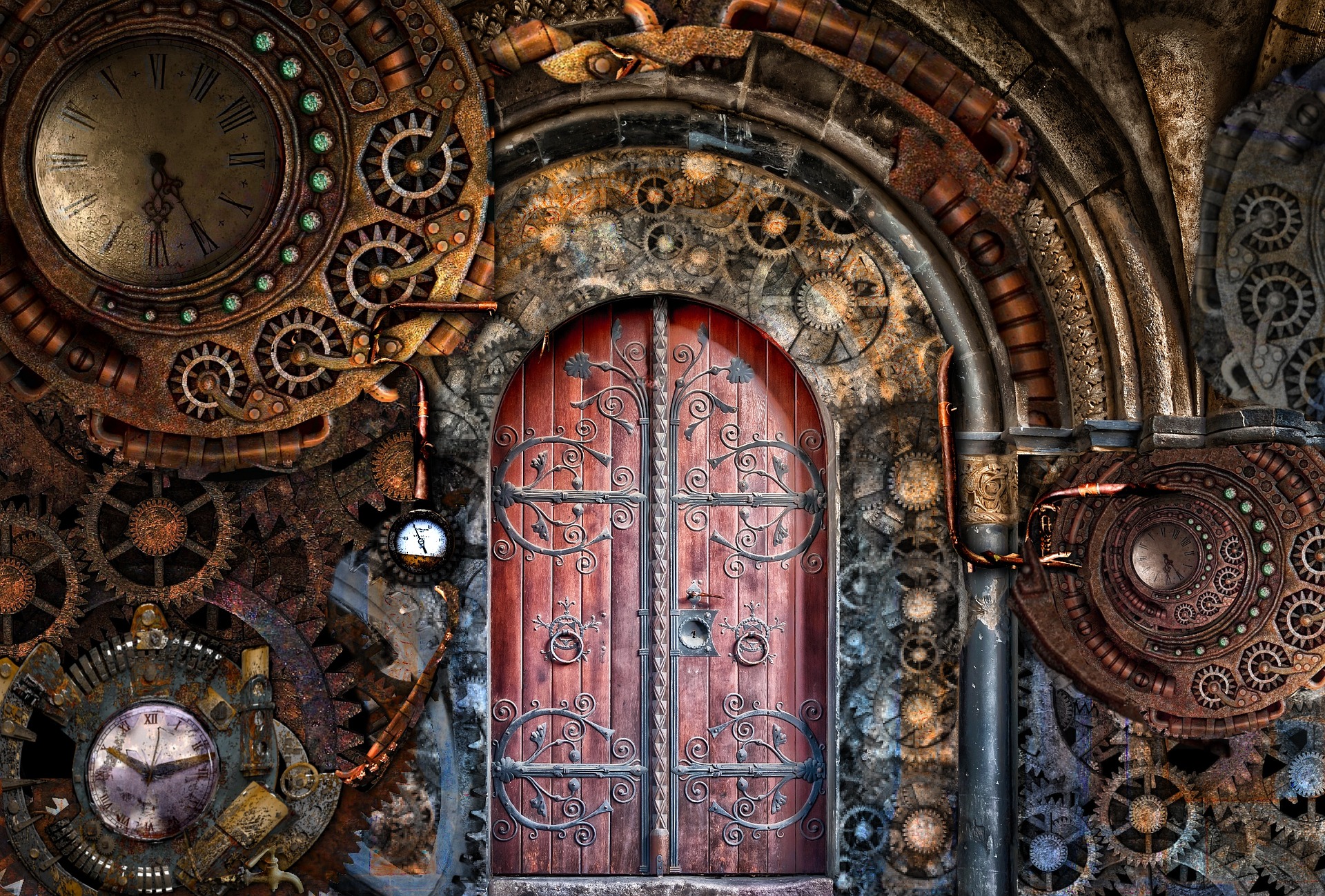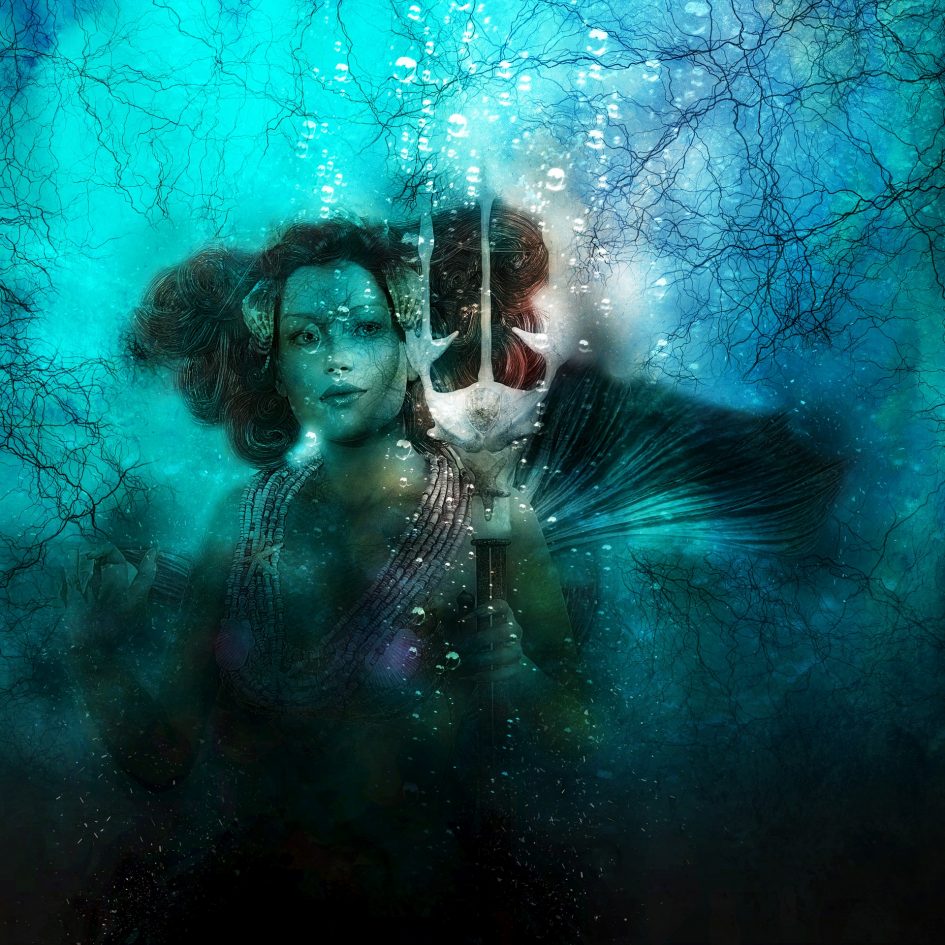 I found a list today that I didn’t know I needed but now cannot live without. It’s a description of every subgenre of cyberpunk. I’ve given some examples, below, but it’s got me thinking about how detailed our fiction categories have become, and how identifying your exact subgenre can help clarify tone, find the right title for your audience, and position your story among its correct competition. I’ve put together a brief list of links to subgenres of the major genres too.
I found a list today that I didn’t know I needed but now cannot live without. It’s a description of every subgenre of cyberpunk. I’ve given some examples, below, but it’s got me thinking about how detailed our fiction categories have become, and how identifying your exact subgenre can help clarify tone, find the right title for your audience, and position your story among its correct competition. I’ve put together a brief list of links to subgenres of the major genres too.
Blake Snyder advises that we are intimately familiar with our story’s categories and subcategories, because it helps us design a cover, tailor the query letters and compose a thrilling synopsis for our editor and readers. Snyder maintains that all stories fit a very small number of categories – but that’s an idea to explore another day. For now, I just want to revel in the existence of so much specialised fiction.
I now want to create a list of James Scott Bell’s Obligatory scenes for each of these subgenres, but that will have to wait for another time, because I have a 100-day-book deadline to meet. (More on that another time, to0.)
Below are resources for identifying your story’s subgenre. There are lists for romance, so-called women’s fiction (ugh, what a horrid genre name), thriller, mystery and of course SF and fantasy.
I have also listed an article helping you find your Amazon categories – another key way that readers find your story.
So check out these examples and descriptions of cyberpunk subgenres. I totally love these, esepciallu clockpunk:
Biopunk
Nanopunk
Postcyberpunk
Steampunk
Dieselpunk
Stonepunk
Clockpunk
Nowpunk
Elfpunk
Mythpunk
Dreampunk
Decopunk
Atompunk
Then again, there are even more subgenres for fantasy. Check out this list of amazingly niche fantasy subgenres, including:
- Alternate History Fantasy
- Anthropomorphic Fantasy
- Arcanepunk Fantasy
- Court Intrigue Fantasy
- Crossworlds Fantasy
- Dying Earth Fantasy – this sort of makes me think of CJ Cherryh’s Morgaine cycle, though it’s not clear that the dying planet is Earth or some other world.
- Gaslamp Fantasy
- Sword and Planet Fantasy
- Weird West Fantasy
- Wuxia Fantasy
- Grimdark Fantasy
- Arabian Fantasy
- Flintlock Fantasy – for my article on Django Wexler’s excellent example, see here
- Gunpowder Fantasy
Each of these subgenres is distinct in what a reader expects. Knowing your niche will help you market the book, and help you be crystal clear on your tone and content. For example, I think my Merlin-genderless-mythic-Norse-reimagining might be in these categories on Amazon*, each of which is pretty specific:
- Science Fiction & Fantasy > Fantasy > Arthurian
- Lesbian, Gay, Bisexual & Transgender eBooks > Science Fiction & Fantasy > Fantasy
- Science Fiction & Fantasy > Fantasy > Myths & Legends
But there are so many more places it might fit. I find this reassuring. It’s good to know that, however specialised is the fiction that floats your boat, there is a home for it somewhere, and a set of fans just waiting for a new release in their favourite subgenre.
Resources
Romance subgenres This list is fairly high-level but gives good explanations. This list goes into a lot more detail.
Thriller subgenres Plenty to love here, especially in the crossover area.
Women’s fiction subgenres. I have cheated here because I feel it is so wrong that this category exists at all. Here is an article which outlines why. After all, the very existence of ‘women’s fiction’ suggests that all the other fiction types – thriller, fantasy, etc etc – are therefore ‘men’s fiction’, which is patently not true. I don’t see Lee Child or JRR Tolkien listed as ‘men’s authors’ for example – nor should they be. So why are Marian Keyes or Katie Fforde under the ‘womens’ fiction’ umbrella? Grr. However, if you feel that this is where your novel fits best in the current marketing setup, this article gives a good discussion of what constitutes the genre. Meanwhile it seems the only way to avoid being labelled a ‘woman author’ is to be a genre author. Thus Suzanne Collins, Patricia Cornwell etc avoid writing ‘women’s fiction’ by writing SF or murder mystery.
Science fiction subgenres – So many! I will return to this list and expand it.
Fantasy subgenres – Even more! I learned recently of a subgenre called noblebright – kind of the opposite of grimdark, fr those (like me) who prefer the light and hopeful to the dark and, well, grim.
Mystery subgenres Plenty here from cosy to caper. Knowing your preferred level of gore will help you head straight for the Orient Express and avoid the plastic-wrapped-murder-den, should you wish.
How to find your Amazon category – there are plenty of articles offering advice on this, but this one from BookBaby covers the whole gamut of selling your book via Amazon.
So what are your subgenres? What are you doing to reach out to your readers? I want to know!
-Sef
*By the way, to find those categories I uncovered an absolute ton of other books on Amazon which matched up in theme and content with my Merlin story. Who knew?
Article originally published in May 2017, and extensively updated in April 2018
If you know a new subgenre not mentioned here, to describe a type of fantasy you love, please share it!

2 Pingbacks